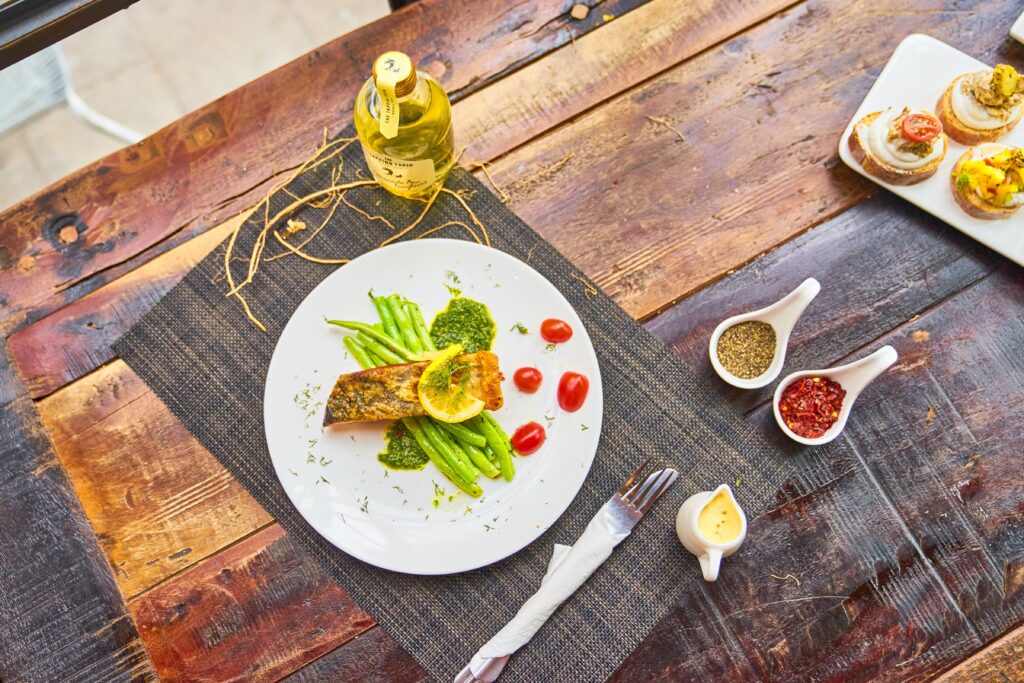by MARSHALL BONE
Nobody likes discomfort but it IS part of being human. From aching joints to muscle pain to anxiety, we all struggle with discomfort of some kind eventually. But how do we respond to it?
Many of us reach for reliable over-the-counter drugs from the pharmacy. Others head straight for the doctor’s office. Here, we’ll look at some alternatives and helpers that can relieve discomfort naturally.
1. Exercise
Exercise is the leading way to combat numerous types of physical discomfort. By regularly challenging your muscles, tendons, and ligaments, you strengthen them. And when you’re in pain from an injury or vigorous activity, exercise and stretching can help you feel so much better.
The true wonder of exercise is its slow but steady effect on the joints and muscles. Regular, moderate exercise like walking, swimming, hiking, or cycling is effective for reducing discomfort from muscle and joint pain in people of all ages.
2. CBD (Cannabidiol)
The properties of CBD continue to be studied, regularly revealing new applications for this substance, derived from both the cannabis and hemp plants. CBD from hemp is now legal in many states, with only a small amount of THC (tetrahydrocannabinol, which produces the “high”) present in hemp. CBD works with the body’s ECS (Endocannabinoid system), helping it perform its primary function: producing homeostasis (balance) in the body. Offering physical pain reduction and relief from depression and anxiety, CBD may also protect the brain.
3. Drinking Enough Water
Everybody knows water’s good for your skin. But did you know that it’s good for your spine, too? The bones of the spinal column are separated by discs filled with a gel-like substance. That substance consists primarily of water. If you’re not drinking enough water, the spinal discs can become brittle and dehydrated, causing conditions like bulging/herniated discs and degenerative conditions of the spine. Water can also help with headache pain, digestive issues, and, yes, dry skin. Adults should be consuming no less than 2 liters and up to 4 liters per day, including from food sources.
4. Addressing Stress
Stress is a public health emergency, impacting the well-being of millions. Physical and psychological manifestations of chronic stress are numerous, ranging from heart disease to muscle tension to headaches and disrupted sleep patterns. Managing stress naturally means you’ll need to create a plan for living that incorporates good habits. Exercise is just one way to manage stress more effectively. Full spectrum CBD (with a higher THC content) can help as well as cannabis in edible, tincture, or oil form. Be creative to seek out activities or habits that calm and stabilize you, combating the potential harm of stress.
5. Cutting Out Inflammatory Foods
 People suffering from chronic pain issues like arthritis can help themselves by starting in the kitchen. Understanding the inflammatory effects of some foods and the way they can exacerbate pain issues is key to managing physical pain from inflammation. Adding turmeric (a natural anti-inflammatory) helps many reduce arthritis pain but try turmeric supplements, as well. Subtract the inflammatory foods and add anti-inflammatories like turmeric, olive oil, and fatty fish as systemically helpful foods to address inflammation.
People suffering from chronic pain issues like arthritis can help themselves by starting in the kitchen. Understanding the inflammatory effects of some foods and the way they can exacerbate pain issues is key to managing physical pain from inflammation. Adding turmeric (a natural anti-inflammatory) helps many reduce arthritis pain but try turmeric supplements, as well. Subtract the inflammatory foods and add anti-inflammatories like turmeric, olive oil, and fatty fish as systemically helpful foods to address inflammation.
6. Practicing Mindfulness Meditation
Meditative practice serves to train the body to work with the mind in the service of a less reactive nervous system. By controlling your breathing, your mind is calmed, focusing it on the moment by reducing the influence of random, often toxic, thoughts. The effect of mindfulness meditation on pain stems from the release of the body’s natural “feel good” chemicals, endorphins. Concurrently, the release of the stress hormone cortisol is reduced, especially when you make daily meditative practice part of your discomfort relief strategy.
7. Yoga
I’ve listed Yoga and “exercise” separately because Yoga is more than exercise, despite its enormous physical benefits. Yoga is originally an Eastern practice, which encourages the mind-body connection, reduced psychological and physical reactivity, and harmony in the human organism (homeostasis). A natural companion to meditative practice, Yoga is a path to command of the mind and body and the total integration of the two. When you manage your body according to Yoga’s ancient principles, you manage your mind. Yoga teaches that they are part of a whole.
8. Retreating to Nature
In Walden Pond, Henry David Thoreau wrote, “Let us first be as simple and well as Nature ourselves, dispel the clouds which hang over our brows, and take up a little life into our pores.” This quotation is the truth about nature’s power, learned by Thoreau during his personal sojourn in the natural world. Translating yourself into a natural setting translates your pain by placing it in a different context. In the glory of the natural world, humans are part of a whole as it ministers to them, gently bearing them to a uniquely healing human experience.
Discomfort isn’t fun but natural solutions are everywhere waiting for us to recognize them as the friends they are. Turn to these natural solutions to help you find your way through discomfort toward wellness.







